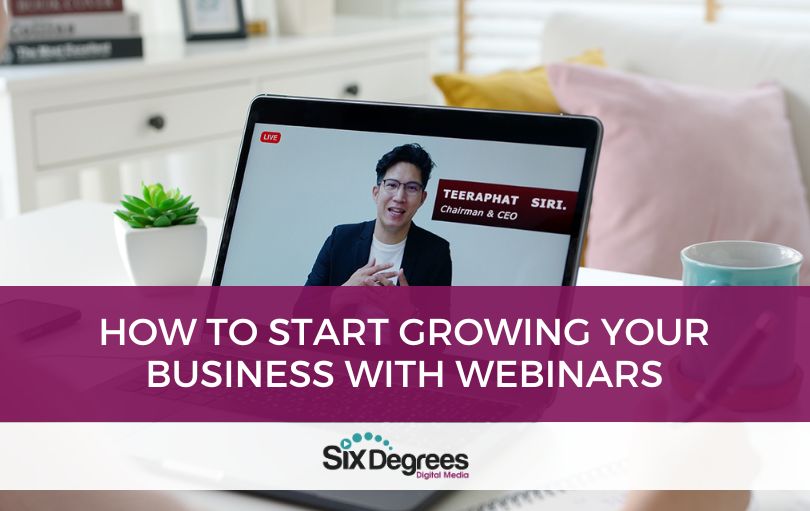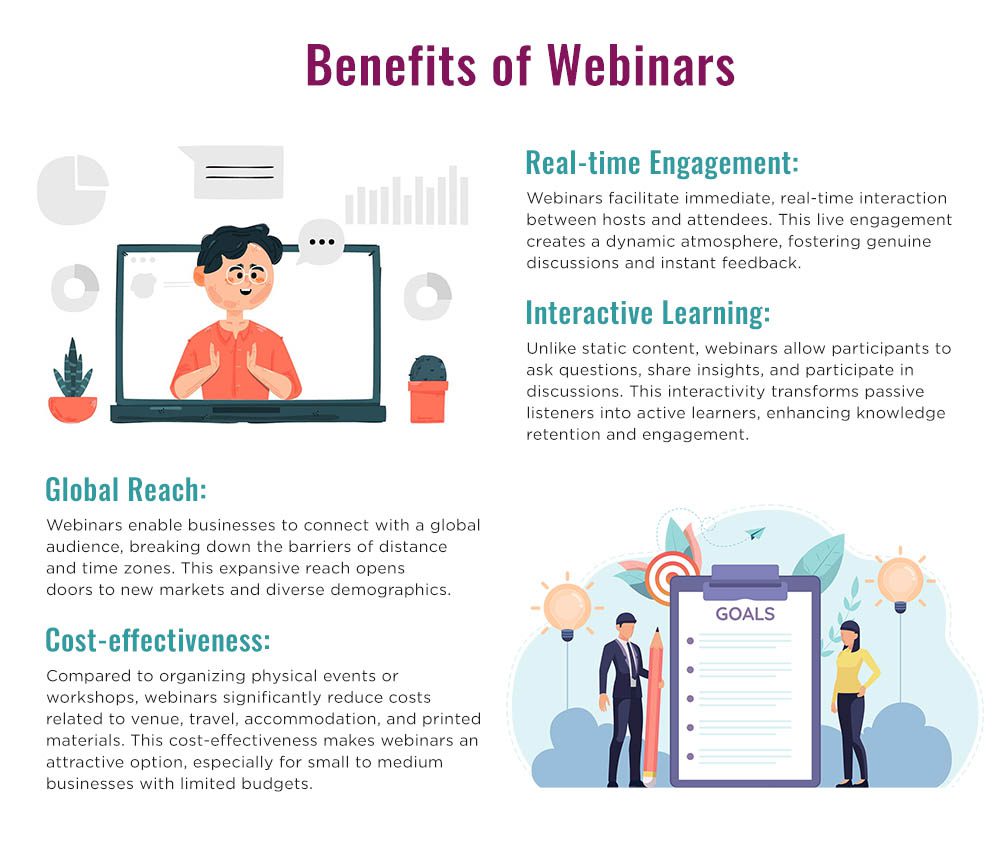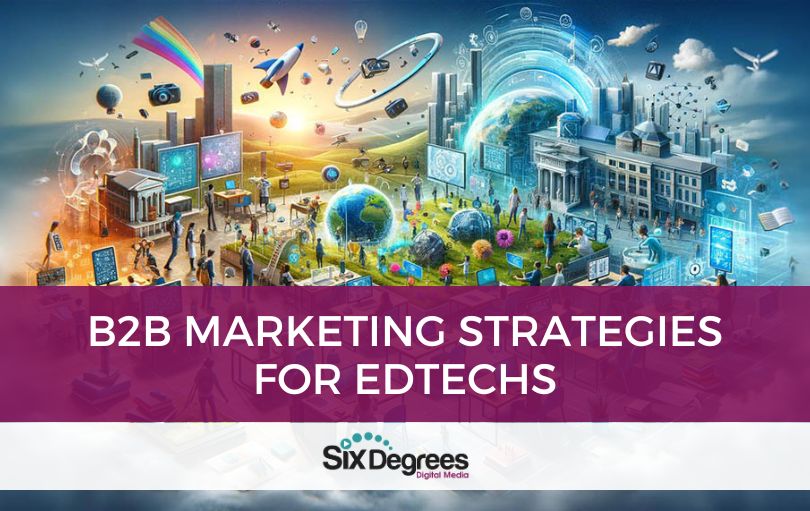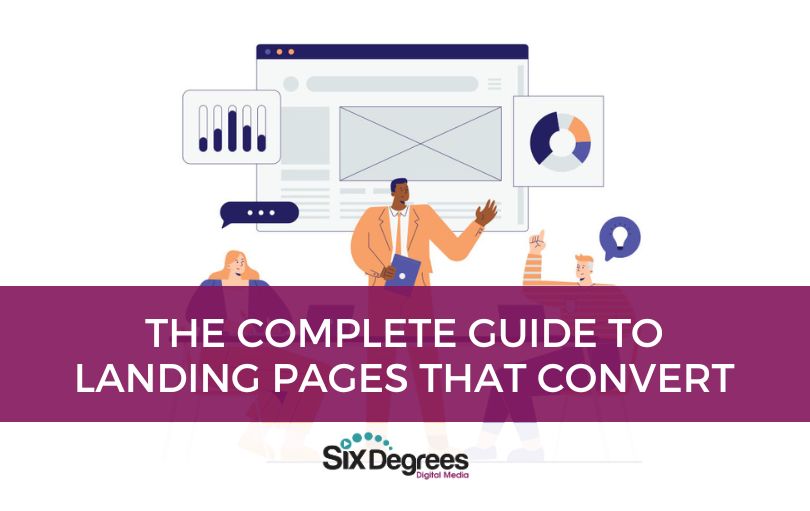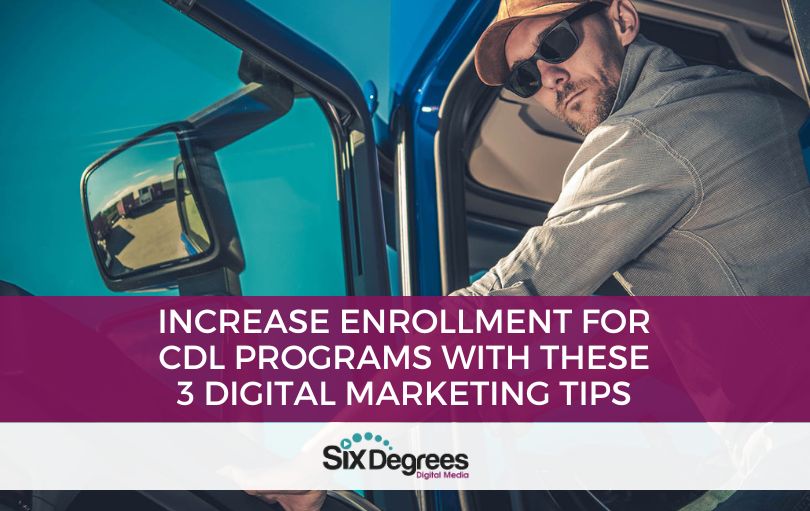Webinars are powerful tools with unique opportunities for businesses to connect with their audience in ways that other online content formats simply can’t match. This blog is the first in the series to take you from webinar ideation through planning and execution. But first, let’s see why webinars are such a powerful tool.
What Sets Webinars Apart
Unlike traditional videos or podcasts, webinars allow real-time engagement between presenters and participants. Through features like live chat, polls, and Q&A sessions, webinars create an immersive, two-way communication channel, fostering active participation and learning.
Why Webinars are Effective for Small to Medium Businesses
Webinars are not isolated events; they are integral components of your broader business and marketing strategies. They can seamlessly align with your business objectives, whether you’re aiming to increase revenue, launch a new product, enhance customer loyalty, or establish thought leadership within your industry.
- Increased Sales: Webinars offer a platform to showcase products or services in a detailed, interactive manner. Demonstrations, case studies, and expert insights presented during webinars can influence purchasing decisions, leading to increased sales and revenue.
- Brand Exposure: Hosting webinars establishes your brand as an authority in your industry. By sharing valuable knowledge and expertise, businesses can enhance their credibility, gaining the trust of potential customers. Consistent webinar events also contribute to brand visibility and recognition.
- Audience Connection: Webinars provide a personalized experience, allowing businesses to directly engage with their audience. Attendees can ask questions, share experiences, and receive immediate responses, fostering a sense of connection and community. This emotional connection can lead to loyal customers and brand advocates.
Getting Started with Webinars
Setting Clear Goals for Your Webinars
Setting clear objectives is the cornerstone of a successful webinar strategy. It’s not merely about hosting a webinar; it’s about aligning your efforts with specific, achievable goals that drive your business forward.
Measurable goals allow you to track your success, providing valuable insights into the effectiveness of your webinar campaigns. Achievable goals ensure that your efforts are realistic and attainable, preventing frustration and fostering motivation among your team.
Aligning your webinar goals with different stages of the sales funnel is a strategic approach that ensures your efforts are targeted and impactful. Here’s how you can map your webinar goals to various stages of the sales funnel:
- Awareness Stage:
- Webinar Goal: Increase Brand Awareness
- Strategy: Create a webinar that addresses industry challenges or trends, positioning your brand as a thought leader. Focus on reaching a wide audience and providing valuable, introductory information about your industry or niche.
- Interest/Consideration Stage:
- Webinar Goal: Generate Leads and Nurture Prospects
- Strategy: Offer in-depth, educational content that dives deeper into specific topics related to your products or services. Showcase customer success stories, conduct product demonstrations, and provide exclusive insights. Collect attendee information for lead nurturing campaigns.
- Desire Stage:
- Webinar Goal: Influence Purchase Decisions
- Strategy: Create a webinar focused on product/service benefits and unique selling points. Offer exclusive discounts or limited-time offers to attendees. Provide detailed demonstrations, case studies, and testimonials to showcase the value your offerings bring.
- Action Stage:
- Webinar Goal: Drive Conversions and Sales
- Strategy: Host webinars centered around product launches, exclusive deals, or limited-time promotions. Implement strong calls to action (CTAs) throughout the webinar, directing attendees to make a purchase or sign up for a trial. Provide incentives for immediate action, such as time-sensitive discounts.
- Post-Purchase Stage:
- Webinar Goal: Enhance Customer Loyalty and Retention
- Strategy: Organize webinars that focus on customer success stories, advanced product usage tips, and loyalty programs. Engage existing customers with exclusive webinars offering insider insights, sneak peeks, or advanced training. Encourage participation, feedback, and referrals.
- Advocacy Stage:
- Webinar Goal: Foster Brand Advocacy and Referrals
- Strategy: Host interactive webinars where satisfied customers share their experiences. Encourage attendees to invite friends or colleagues, rewarding both the advocate and the new referral. Highlight community success stories and create a sense of belonging and pride among your customer base.
By aligning your webinar goals with specific stages of the sales funnel, you ensure that your content is highly relevant and compelling to your audience’s current needs and interests. This strategic approach maximizes the impact of your webinars, guiding potential customers seamlessly through their buying journey while fostering customer loyalty and advocacy in the long run.
Identifying Target Audience and Niche
Understanding your audience is fundamental to webinar success. Identifying your target market involves researching demographics, preferences, behaviors, and pain points. A deep understanding of your audience enables you to tailor your webinar content to their specific needs, ensuring relevance and engagement.
Effective market research involves surveys, interviews, social media analytics, and studying industry trends. By analyzing this data, you gain insights into what your audience is looking for. This knowledge informs your webinar content, making it valuable and appealing to your target demographic.
Don’t know exactly who to speak to?
We’ll work with you to build a fully fleshed customer avatar, so your messaging always hits its mark.
Using Your Objectives to Guide Your Webinar
Setting clear objectives for your webinars is not just a strategic step; it’s a crucial investment that yields a multitude of benefits for your business. Knowing what your goals are allows you to streamline everything that comes next.
Effective Use of Resources
By knowing precisely what you aim to achieve, you can focus your time, budget, and manpower on activities that directly contribute to your goals. This focus ensures that every resource you invest is utilized effectively, maximizing the impact of your efforts.
When objectives are vague or undefined, there’s a risk of misdirected efforts. Clear goals prevent you from wasting resources on activities that don’t align with your desired outcomes.
Enhanced Audience Engagement
Clear objectives enable you to tailor your webinar content to meet the specific needs and interests of your audience. When your content resonates with the attendees, they are more likely to actively engage with the material. A focused approach ensures that your webinar addresses the pain points, questions, and desires of your audience, leading to higher engagement rates and meaningful interactions.
Interactive elements are the heartbeat of engaging webinars. By understanding your objectives, you can incorporate tailored interactive features like polls, quizzes, live Q&A sessions, and breakout discussions. Knowing your audience and where you want to lead them allows you to create content that resonates and helps move them along the path you’ve laid out.
Here are just a few ways that you can align your content with your goals:
- Increasing Brand Awareness:
- Engagement Type: Interactive Polls and Quizzes
- Strategy: Use polls and quizzes to gauge attendees’ current knowledge about your industry or brand. Educate them about key facts, trends, or unique aspects of your business. This engagement fosters brand recognition and awareness among participants.
- Generating Leads and Nurturing Prospects:
- Engagement Type: Live Q&A Sessions and Breakout Discussions
- Strategy: Host live Q&A sessions where attendees can ask specific questions related to your products or services. Create breakout discussion groups based on attendee interests, allowing prospects to engage deeply with your team and each other. This engagement encourages relationship building and lead nurturing.
- Influencing Purchase Decisions:
- Engagement Type: Case Study Presentations and Product Demonstrations
- Strategy: Showcase real-life case studies during your webinar, demonstrating how your offer solved specific problems for customers. Conduct live product demonstrations, highlighting features, benefits, and use cases. These engagements provide tangible proof of the value you provide, influencing attendees’ purchasing decisions.
- Driving Conversions and Sales:
- Engagement Type: Limited-Time Offers and Interactive Workshops
- Strategy: Create a sense of urgency by offering exclusive discounts or time-sensitive deals during the webinar. Host interactive workshops where attendees actively participate in solving challenges using your products or services. These engagements motivate attendees to take immediate action, driving conversions and sales.
- Enhancing Customer Loyalty and Retention:
- Engagement Type: Customer Success Story Sessions and Advanced Training Webinars
- Strategy: Feature customer success stories during your webinar, allowing satisfied customers to share their experiences. Offer advanced training sessions exclusively for existing customers, showcasing advanced features and techniques. These engagements reinforce loyalty and provide added value, enhancing customer retention.
- Fostering Brand Advocacy and Referrals:
- Engagement Type: Interactive Customer Panels and Community Building Activities
- Strategy: Host interactive customer panels where advocates share their success stories and experiences. Facilitate community-building activities, encouraging attendees to invite friends or colleagues and share their own insights. These engagements create a sense of belonging, fostering brand advocacy and encouraging referrals.
By strategically aligning your webinar goals with specific types of engagement, you create a purposeful and cohesive experience for your attendees. Each interactive element serves as a steppingstone, guiding participants toward the intended goal and maximizing the impact of your webinar.
Measurable Results and Analytics
Clear objectives provide a benchmark against which you can measure the success of your webinars. Metrics such as attendance rates, conversion rates, and audience feedback offer quantitative and qualitative insights into your webinar performance. These metrics serve as tangible indicators, showcasing how well your webinar aligned with its objectives and how effectively it engaged the audience.
Key Takeaway:
Analyzing webinar metrics is not just about assessing past performance; it’s about shaping future strategies.
By understanding attendee behavior, preferences, and feedback, you gain valuable insights. These insights guide your future webinar initiatives, helping you refine your content, interactive elements, and promotional strategies. Continuous analysis and improvement based on these metrics ensure that your webinars evolve, becoming increasingly effective and impactful over time.
Setting clear objectives for your webinars is the compass that directs your efforts, optimizes resources, enhances audience engagement, and provides valuable data for continuous improvement. As we progress through this blog series, we will explore advanced techniques and strategies to help you harness these benefits to their fullest potential, ensuring your webinars become a driving force behind your business success.
If you want expert guidance, schedule a free strategy session with Six Degrees Digital Media. Our team is dedicated to helping businesses leverage webinars effectively, transforming objectives into powerful, results-driven experiences. With clear goals and strategic planning, webinars can be the catalysts that propel your business towards unprecedented growth and success. Don’t just host webinars; craft experiences that resonate, engage, and drive your business forward.

